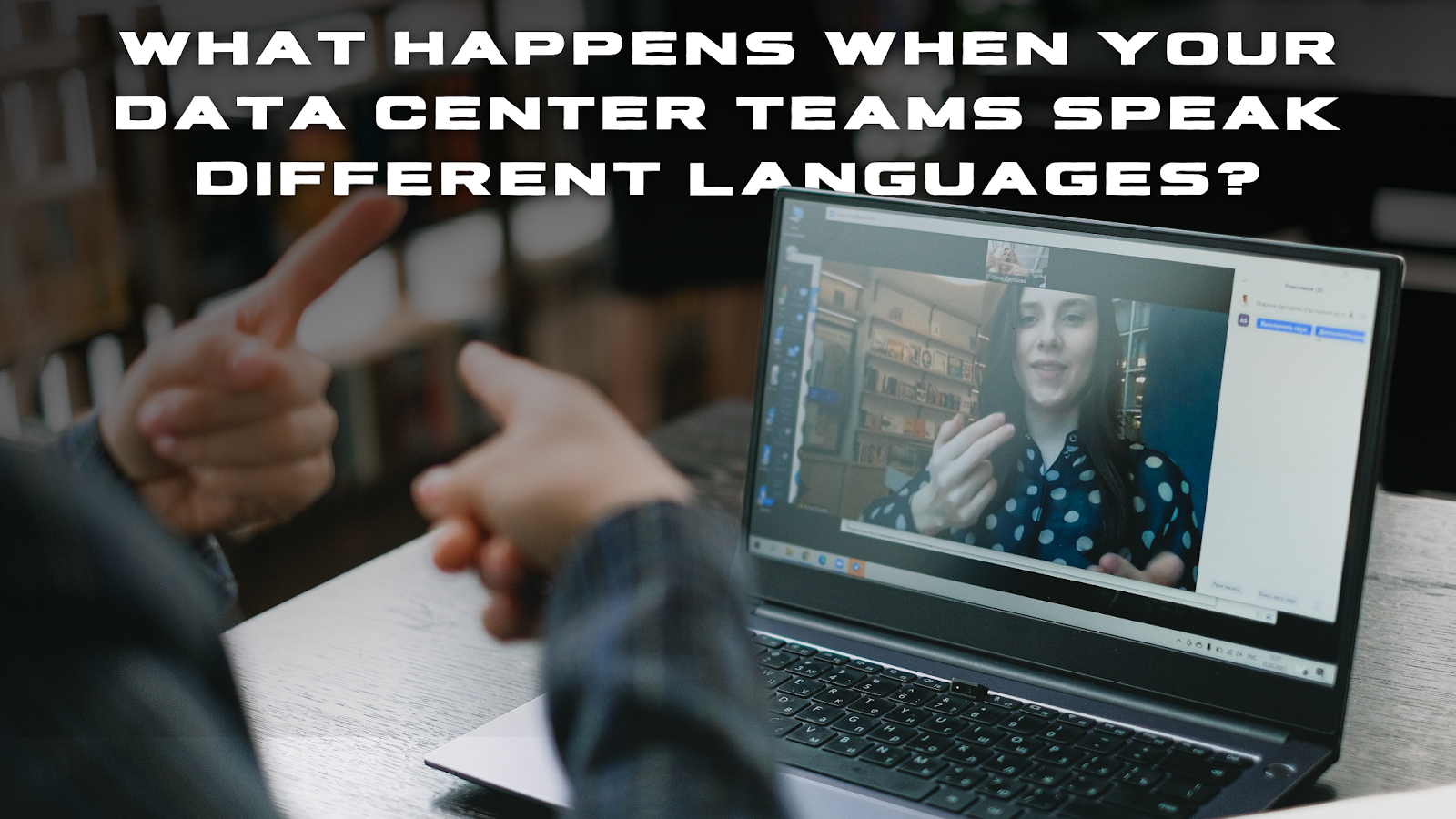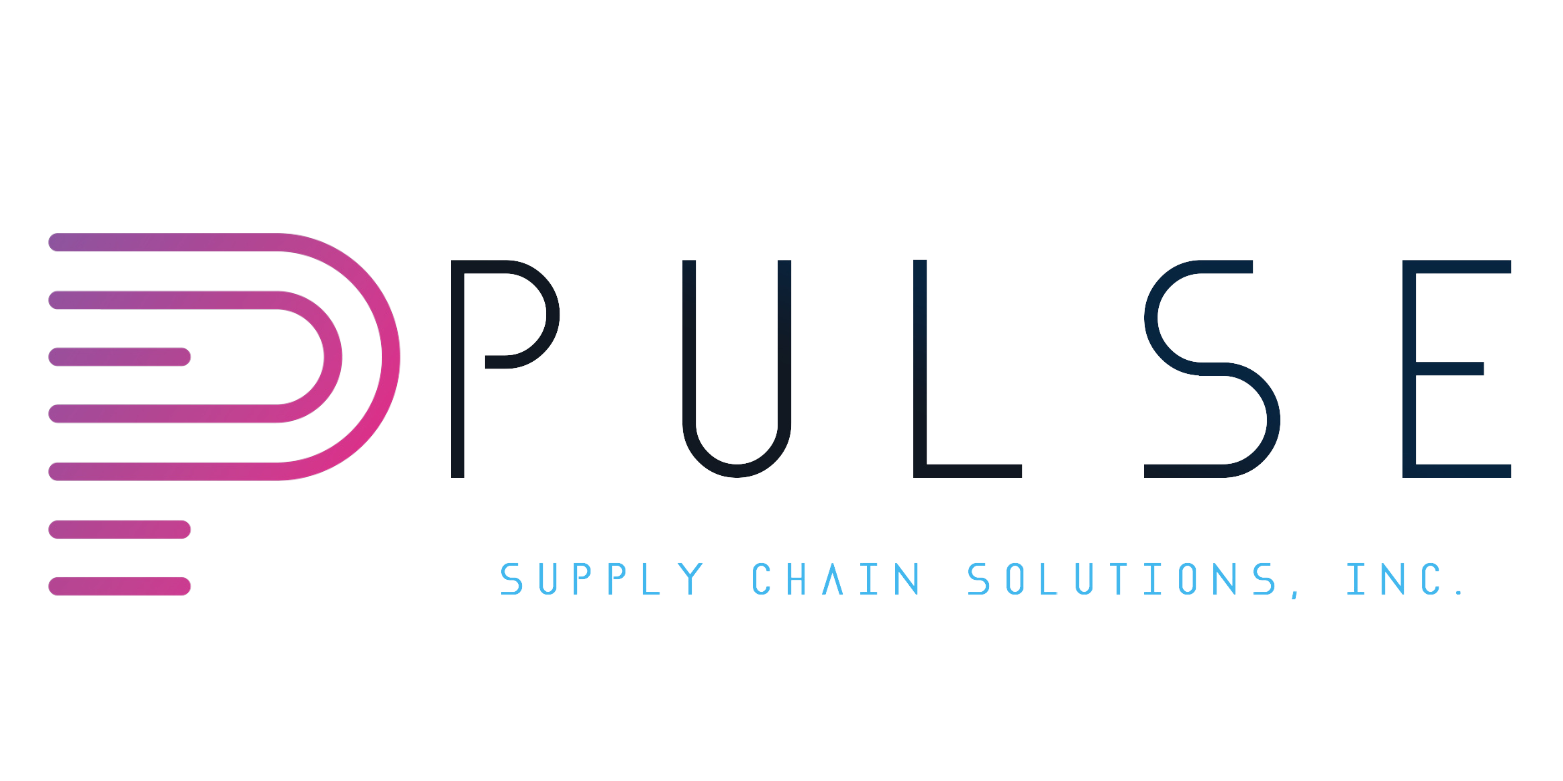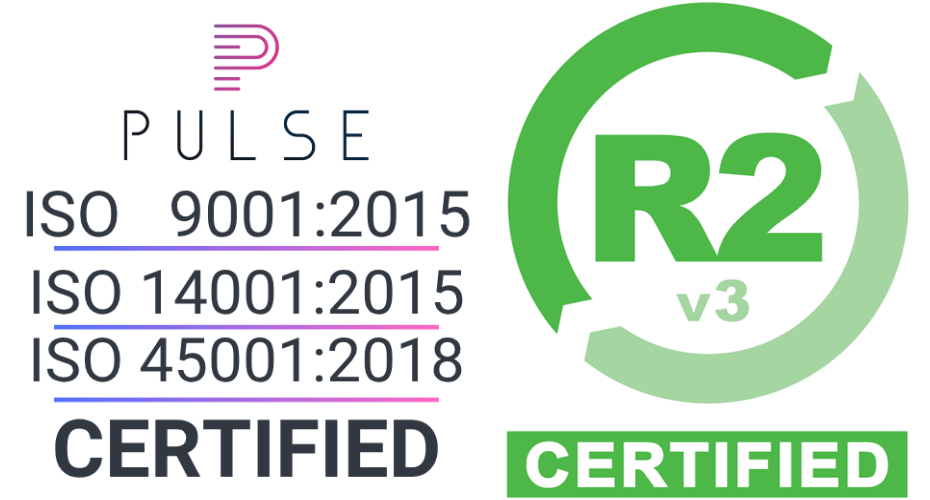
What Happens When Your Data Center Teams Speak Different Languages?
Picture a symphony orchestra tuning up, every musician playing a different song, each in perfect time, but none in harmony. That’s what a data center can feel like when IT, facilities, cybersecurity, and finance all “own” parts of your IT assets but rarely communicate in sync.
One of the most underestimated challenges for IT asset managers today is translation. The language gap between departments leads to inefficiencies, redundancies, and costly oversights. And for large-scale data centers, that gap is more than just annoying, it’s expensive.
Let’s break it down with a simple example. A server sitting in Rack 3 might be seen four different ways: to facilities, it’s a power draw and a cooling load; to finance, it’s a depreciating asset that needs to be reported for tax purposes; to IT, it’s a provisioned resource with a lifecycle to manage; and to cybersecurity, it’s a potential risk if not properly patched or isolated. If each team is making decisions based on their own metrics without a unified asset strategy, it’s a recipe for contradiction.
This misalignment often starts with good intentions. IT teams move fast to provision what’s needed. Facilities teams are focused on uptime and energy efficiency. Finance is watching capital expenses. Security is watching for threats. But without shared data and cross-functional coordination, an asset might be retired on one platform, still powered on in another, and never reported in the annual ledger. No one is wrong but the system is broken.
These disconnects aren’t just hypothetical. In a 2022 Uptime Institute survey, 73% of data center operators reported at least one incident in the past three years tied to human error or miscommunication, often stemming from unclear ownership of hardware or data. One real-world example: A multinational tech firm recently discovered during an internal audit that nearly $5 million in high-end networking gear had been incorrectly listed as disposed of. In reality, it had been relocated to a satellite site without proper documentation. Because IT had no visibility into logistics, and finance had marked the items as retired, the assets essentially vanished from the books.
The financial loss is only part of the picture. These breakdowns also impact sustainability goals, ESG reporting, and customer trust. A company can’t credibly claim circularity or carbon reduction if it doesn’t know what’s live, what’s idle, or what’s awaiting disposal in a remote cabinet. And when security teams aren’t looped in, old devices with sensitive configurations or firmware may stay alive long after they should have been wiped or destroyed.
So what’s the solution? You can’t just tell everyone to “talk more.” Communication needs to be structured, not casual. Successful IT asset managers in today’s data centers are increasingly becoming connectors, not just between systems, but between stakeholders. The most effective teams we’ve seen use unified asset platforms, set shared definitions for lifecycle stages, and assign cross-functional ownership to avoid handoff ambiguity. Some even embed ITAM liaisons directly into procurement and security teams to reduce the lag time between action and record-keeping.
At Pulse Supply Chain Solutions, we believe that IT asset management shouldn’t live in a silo. Our ITAD process is designed to support collaboration from day one, bringing together operations, compliance, security, and finance under one lifecycle strategy. Through detailed intake audits, proactive asset labeling, and real-time visibility via our online tracking portal, we help our clients avoid the costly misunderstandings that arise when departments manage in isolation. And when it’s time to retire those assets, we don’t just pick them up, we make sure the story of each device is complete, verifiable, and aligned across your teams.


